Transport for the North (TfN) has said it needs to learn more about fleet ownership to help deliver further electric vehicle (EV) charging infrastructure in the North.
The statutory regional sub-national transport body (SBT) of elected leaders which covers 21 local authorities across the North of England, makes recommendations to the Government on transport investments in the North.
TfN also makes recommendations to the energy supply sector, Northern Powergrid, on requirements to support the transition to EVs.
Using its database and analytics capabilities, TfN said it has worked with partners to outline what is required in terms of EV charging infrastructure to support the transition in its Electric Vehicle Charging Infrastructure Framework report.
The report considers regional travel demand, a whole network view of vehicle flows on the roads and EV uptake, including projections across fleets for different decarbonisation pathways, population and household, housing stock, employment and TfN future travel scenarios, including fleet make-up and emissions.
According to the TfN, the total public charge points (on-street, work, destination, HGV depot and rapid) required in the North by 2030 is 123,500-161,200 – it is currently at 7,725.
Public non-rapid chargers (currently at 6,022) need to be at 95,000-100,000 (365-384 installations per week between 2025-2030), while public en-route rapid chargers (currently 1,703) need to be at 33,000-61,200 (128-235 installations per week between 2025-2030).
Owen Wilson (pictured at the September Fleet200 Strategy Network meeting), head of major roads at TfN, said: “In terms of delivery, we need to do more on fleet ownership. We’re very keen for fleets to get in touch with TfN to make us aware of the challenges and issues they face.
“We get our data from the Driver and Vehicle Licensing Agency or Department for Transport, primarily in terms of ownership of vehicles.
“One thing we have picked up on is that where there are large fleets registered in one area, it can skew the whole data set. So, I’m interested in understanding where these vehicles are being deployed to inform our forecasting in terms of the need for charging infrastructure.”
Along with the report, TfN has also launched an interactive visualisation platform to communicate the key findings developed. The tool is available online to communicate EV charging requirements for the region, TfN said.
TfN said the next steps for improving infrastructure include gaining a deeper understanding of fleet ownership and keepership to extend further integrations with fleets, as well as:
- Monitoring and evaluating the EV charge point model and visualiser
- Better defining an ‘adequate’ charging network via utilisation scenarios to help partners agree views on queuing, diversification of charging times and realistic distances to charging locations
- Local parking and charging hubs to show what an increase in hubs would mean on the Strategic Road Network, Major Road Network and local roads
- MRN/SRN en-route rapid shortlisting to identify which potential rapid charging sites are most likely to be needed to create a complete network
Read Transport for the North’s Electric Vehicle Charging Infrastructure Framework report.



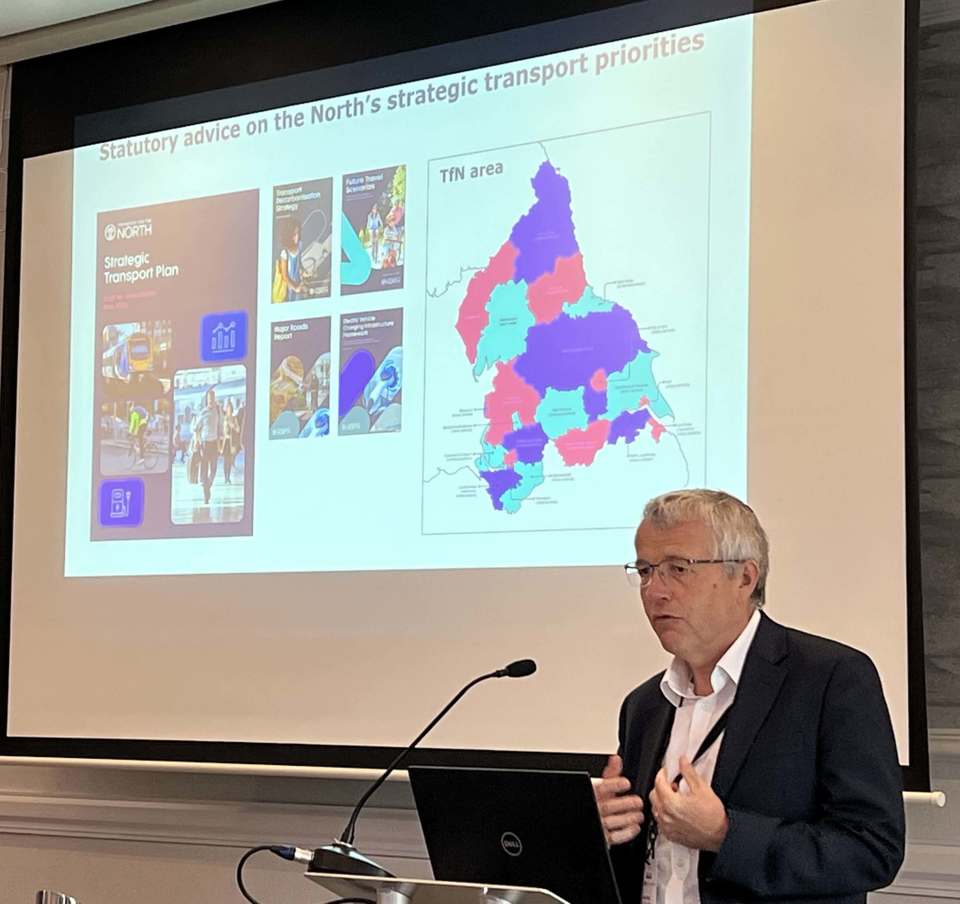
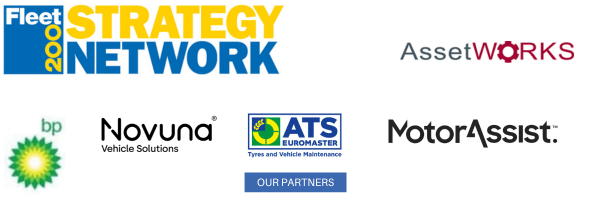
















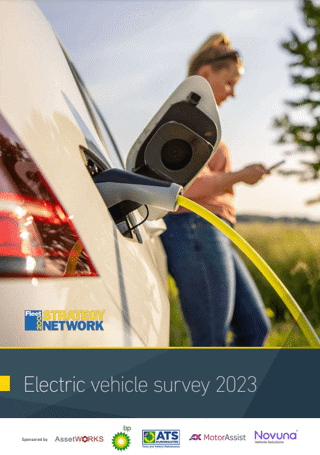
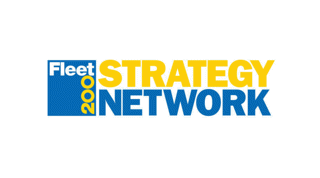
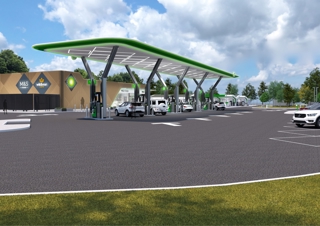
Login to comment
Comments
No comments have been made yet.